The principles of Garden Design
The garden design principles are the fundamental laws that garden designers keep in mind during any design project undertaken. With garden design being both an art and a science, there is room for flexibility in these rules to make a strong statement. However, being guided by these basic principles of garden design will aid the design process.
Putting these ideas into practice will give visitors to the garden a sense of the thought that has been invested in it. Using these principles will help a garden unique from other gardens that appear as a mass of grass/bark/plants or grass/gravel/plants.

Image: Unsplash.
Balance and Proportion
When looking at an object, the eyes and brain work together to analyse that object. This is true for every object, whether it is a tree, shrub, wall or house.
We measure the height, width and length of it, being unaware that we are doing so. It is a comparison between one object and another in scale and proportion.
The geometric designs of ancient Egypt used balance in garden design, and, as it worked for the Egyptians thousands of years ago, it still works for us today.
Formal balance
Balance can be created by having one side of a garden looking like a mirror image of the other. For example, a path may be situated directly up the middle of the garden, and there may be a central fountain, a statue on the left, a statue on the right, a tree on the left, a tree on the right and so on.
This is formal balance and is created using a mirror image along with a vertical plan.
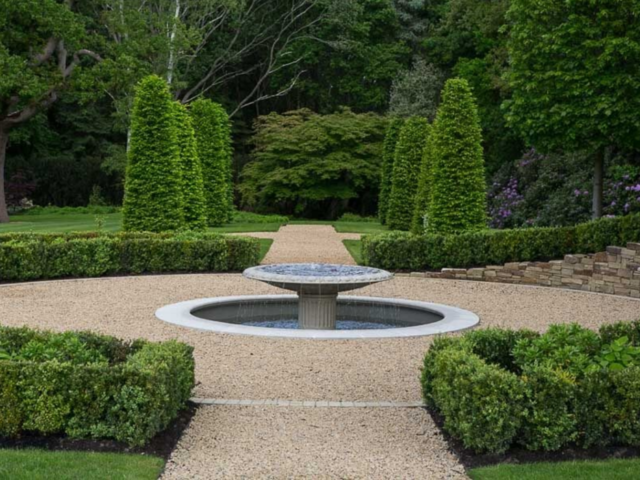
Image: Aleks Buszewski / Houzz.
Hidden balance
Formal balance is quite acceptable in formal garden styles, but what if we wish to add balance to an informal or naturalistic style? In this case, it is not necessary to mirror, but matching the mass of objects can create balance. The balance must be achieved by using a less obvious route, namely the use of hidden balance.
A good example of hidden balance would be a site in which it is intended to design around a rustic-looking garden shed or outhouse. Instead of constructing a similar outbuilding on the opposite side of the garden, something with a similar mass or visual weight could be planted to add balance informally.
This does not need to be directly opposite; it may be closer or further away in the frame, as long as the balance is achieved from the intended viewing point. In this example, balance can also be achieved by planting a mature tree on the opposite side of the garden. This may be set slightly further down the garden to avoid making the planting obvious.
A mature tree is a larger object than the shed, but it has a softer presence due to its soft and divided leaves. The ‘weight’ of the shed is balanced with the ‘mass’ of the tree so that they have the same ‘garden presence’.
It may help the garden designer to imagine the garden as a see-saw, with each item or feature, added tipping the see-saw up or down. The task of the garden designer is to keep the see-saw balanced to the mind's eye. If one side badly outweighs the other, it is not in balance, and the designer must make adjustments to correct this and ensure the required balance is achieved.
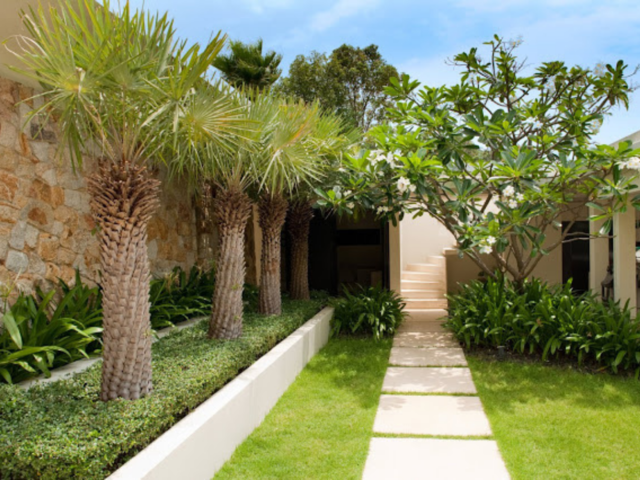
Image: Gardeniste.
Proportion
Proportion is similar to balance in that it refers to the scale of objects in relation to the garden.
Proportion contributes greatly to the overall mood of the garden. When designing the garden, remember that the house is an important determinant of scale, so nearby trees and structural elements should be in proportion to the size of the house or other structures.
It is also essential to consider a plant’s foliage to achieve balance when two different trees, such as a light-leaved deciduous tree and a densely needled conifer tree, are planted in a garden. Both trees have approximately the same mature height and spread. Still, as the conifer has dense foliage, it will outweigh the light-leaved deciduous tree’s open foliage, resulting in an unbalanced effect.
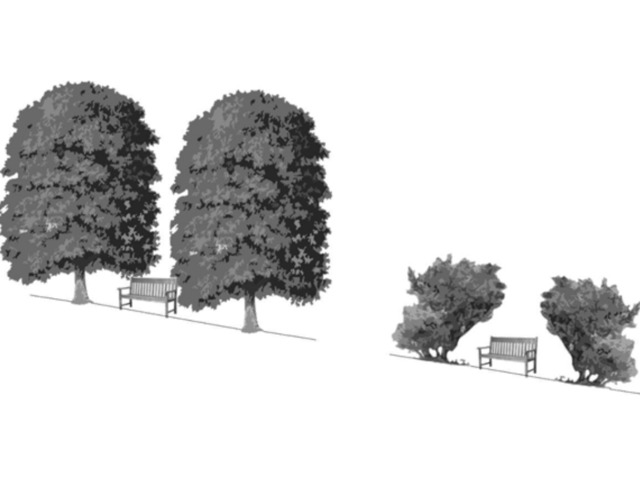
The image shows poor proportional design on the left and fair proportional design on the right.
Scale
It is important to remember that plants and objects should be chosen on a scale with the garden area. Scenarios such as tiny shrubs located at the base of mature trees or two-storey houses or a huge weeping willow towering over a basin-sized pond would look disproportionate and should be avoided.
Another prime example of disproportion is when large trees, such as eucalyptus are planted in small back gardens. This is an extreme example, but it gives an insight into proportion.
Walls, patios, seats, trellises, beds, ponds and feature rocks are a set size from the day they are installed, and they will not change. Their image and size ten years from now can be measured and known, unlike planting, where it is necessary to visualise how it will look in the future.
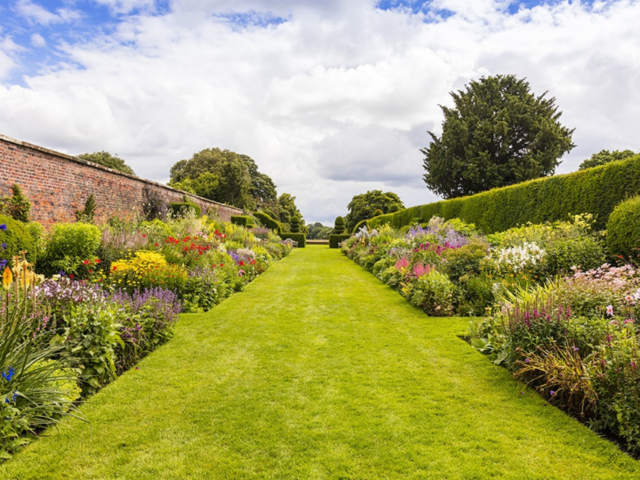
Image: Garden Tutor.
Planning the garden design
It is important to plan, keeping the plants and trees in proportion to the house and garden beyond the initial installation. When selecting plants, there is always the opportunity to select those with a mature height and spread, which will be in keeping with the garden.
Bear this in mind because if poor decisions are taken when planting, there may be a constant need to prune back a giant in future as it tries to reach its natural height and spread.
Planning the garden design and visualising the future look of the garden is imperative. To ensure appropriate scale, it may be necessary to remove a huge tree if it dominates a smallish garden or partakes in some hard pruning to keep the scale required and make the most of the daylight.
Equally, planting small trees and shrubs in a city garden surrounded by apartment buildings would help counteract the looming effect of tall buildings.
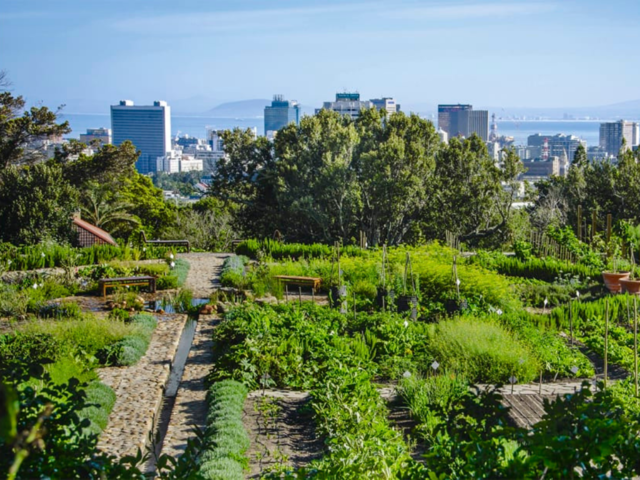
Image: Coco VanOppens Photo.
When designing a garden, keep in mind that the size of an object is also relative over distance. This can be a useful tool for manipulating space. The farther an object is from the garden visitor, the larger it must be to stand out clearly.
For example, the width of a perennial border at the back of a garden should be at least half the distance between the entrance and the border to make an impact.
Other points to note about scale:
- Dark colours can appear 'heavier' than light colours.
- Coarse foliage appears 'heavier' than fine foliage.
- A grouping of medium-sized shrubs can be used to balance a large tree.
It is interesting to have objects of different sizes in a design as a range of sizes draws the eye around the garden and gives the brain more to analyse. However, if the sizes vary greatly, it can give an unsettled feeling, and it is important to consider this.
For example:
- Avoid having a small bed tucked away at the end of a large lawn.
- Avoid having a small patio or seating area connected to a large multi-story house.
- If constructing a small pond or water feature, do not construct it in the middle ground of a large lawn as it may look like a puddle.
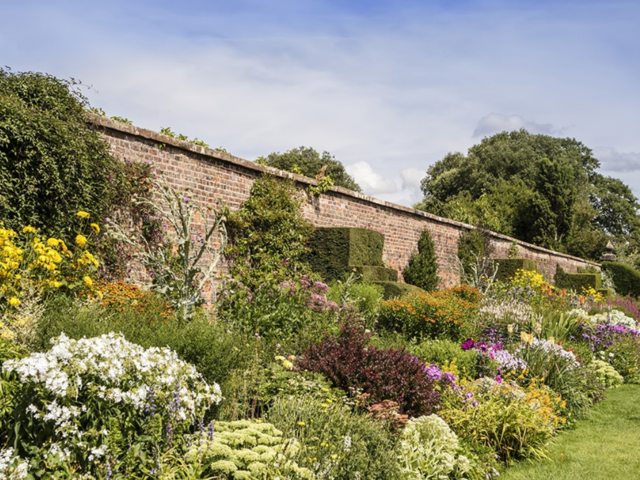
Image: Garden Tutor.
Continue reading about garden design.
If you wish to learn more about garden design principles, have a look at our courses available.

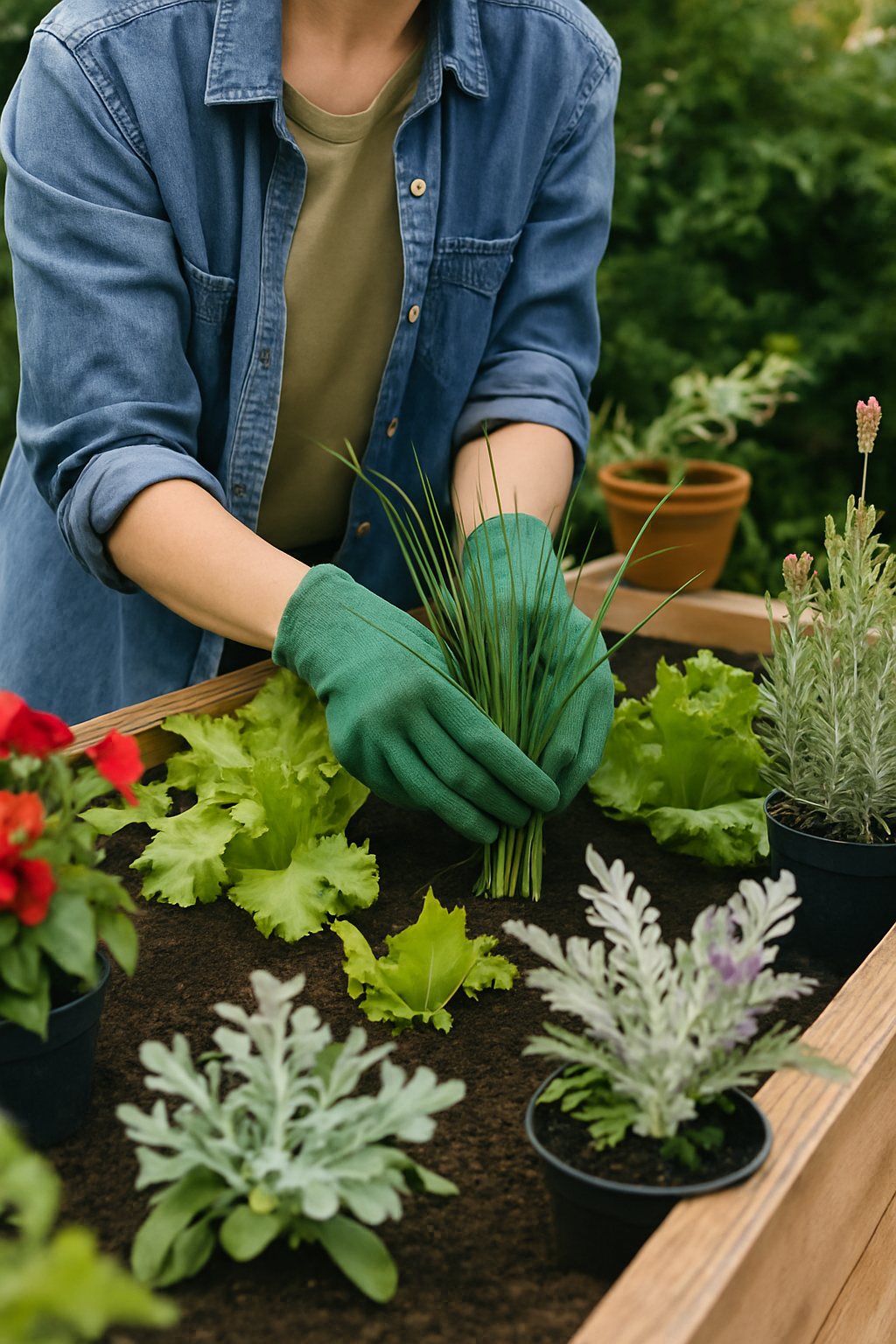
Comments
Thank you that was great.